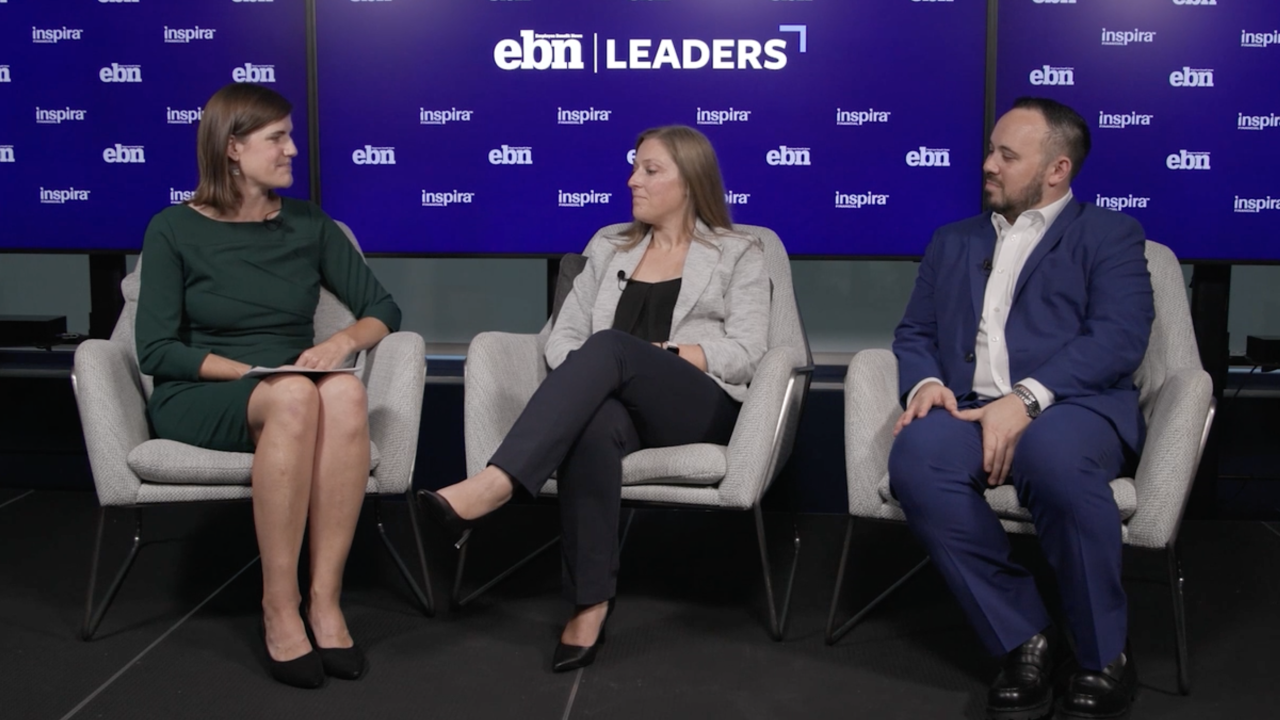Now that LGBTQ workers are covered by U.S. nondiscrimination law, employers must figure out how to protect them from the biases many of them say they face.
Three in four lesbian, gay, bisexual, transgender or queer employees experienced at least one negative interaction at work related to their sexual orientation or gender identity in the last year, according to a study released Tuesday by the Boston Consulting Group and New York City’s Lesbian, Gay, Bisexual and Transgender Community Center.
The report, titled “A New LGBTQ Workforce Has Arrived - Inclusive Cultures Must Follow,” comes just over a week after the Supreme Court ruled that the 1964 Civil Rights Act
“Just change in the law is not enough,” said Glennda Testone, an author of the study and the executive director of the community center. “We need to change people’s lived professional equality.”
Researchers surveyed 2,000 LGBTQ and 2,000 straight employees across the U.S. from different socioeconomic backgrounds and company sizes, as well as 50 diversity and inclusion officers. One finding was that workers who identify as LGBTQ are a more diverse group than they used to be, for instance including more racial minorities and more people who identify as bisexual.
The most shocking fact to Pierre Dupreelle, also a co-author and a managing director of the Boston Consulting Group, was the high number of LGBTQ employees who are not out at work. Of those surveyed, 40% said they are not open at work about their sexual orientation or gender identity. In states where discrimination against LGBTQ people remained legal until last week, 55% of the Gen X and baby boomer LGBTQ people surveyed were closeted at work. Many states had forbidden such discrimination before the Supreme Court extended federal protections.
Employers were often ahead of the law, with their own nondiscrimination policies and with initiatives like employee resource groups to unite workers and lobby for policy changes. However, such groups are not always representative of the workforce itself. Gay, white men are overrepresented among LGBTQ groups’ members and leaders.
The study’s authors recommended several steps to address discrimination and disparities, like tying managers’ incentives to inclusion and creating guidelines for pronoun use. Another suggestion was to encourage events and initiatives involving multiple employee resource groups, bridging divides between minority groups and bringing together ideas. “We’re all allies to different groups in different ways,” Testone said.
The report found a generational shift in the attitudes of straight employees. Those under age 35 are 3.6 times more likely join ally programs than older generations and are more likely to find value in colleagues’ self-identifying as LGBTQ.
Corporate culture affects both workers and employers, especially in regard to employee retention and performance. Nearly 60% of LGBTQ employees said they had resigned from a job because of a culture of exclusion.
Employees who are comfortable self-identifying as LGBTQ at work said they feel safer, more empowered and more willing to take creative risks. Having allies and institutional support will be key, Dupreelle said, “to make sure that individuals are more comfortable coming out and just being themselves in all contexts of their work life.”






